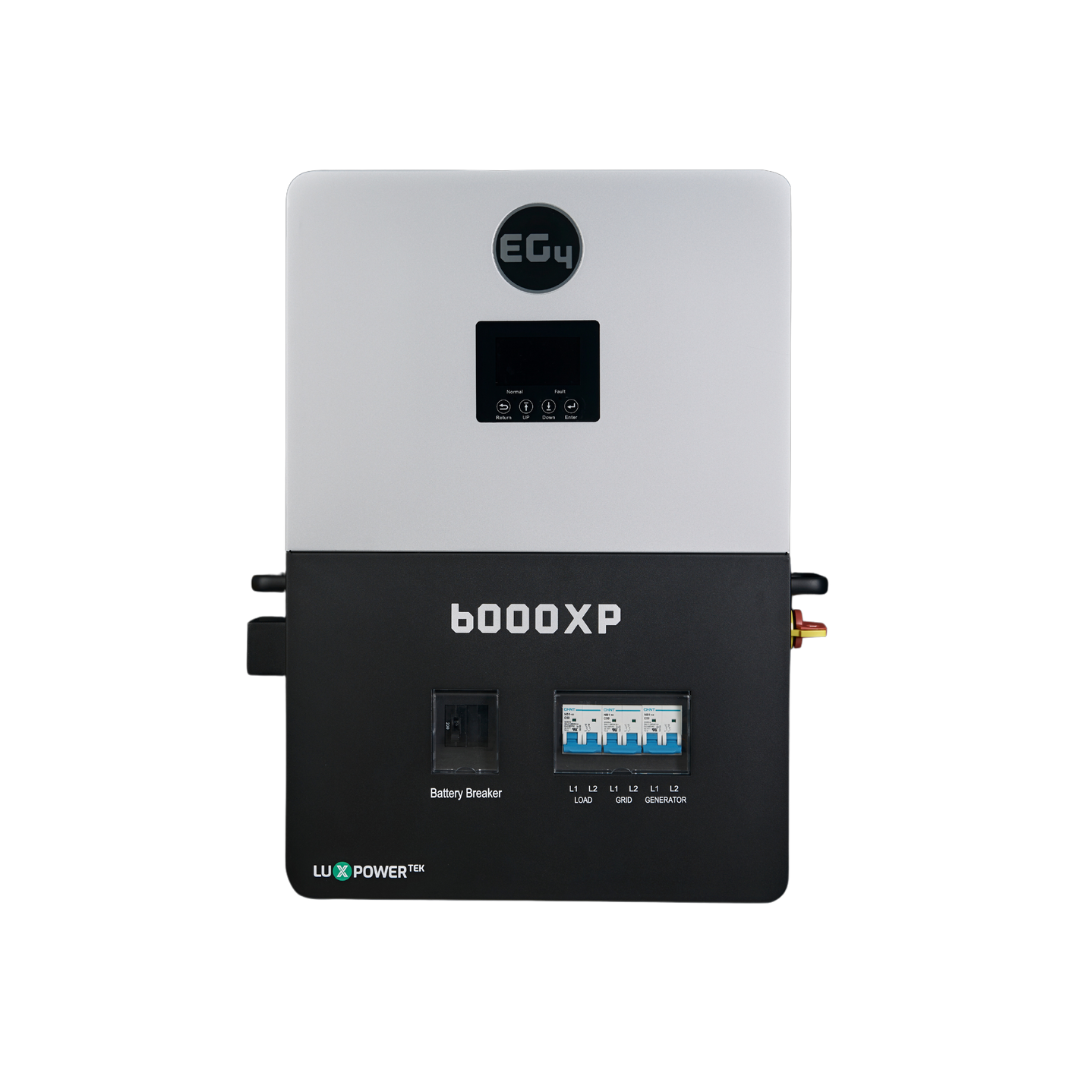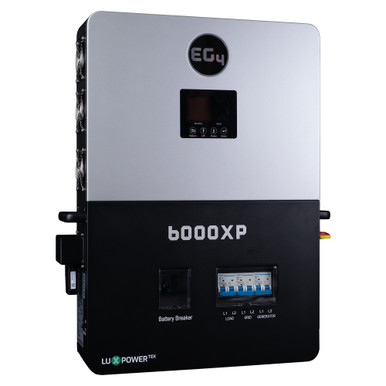Well I got my 2 units installed last night, this morning I double checked everything and then fired them up. They seem to be working flawlessly, I just ran a load of laundry through the washer and had zero issues. My LVX6048'S power really gave my washing machine a problem. I had zero dimming of the lights during the wash cycle with the 6000xp's, no problem with turning the microwave on during the cycle, which is on the same breaker as the washer.
I do get a small flicker when the oven kicks on.
LIKES:
the noise level seems to be pretty low, even when I was running 11kw through them. (Dryer, oven, 2 top burners running, plus miscellaneous small loads)
The manual is nicely written and normally sized, 8.5x11 paper size.
DISLIKES:
The screws to take off the front panels are ridiculously tight and very easy to strip, be very careful.
It seems if you have a DIY LifeP04 battery you can't use the lithium battery setting on the inverter, I had to use the lead acid setting because my bms doesn't have a communication port that's compatible. Not a huge problem.
The mounting hardware is lacking, don't drill the holes too deep for the anchors or the bolt wants to disappear in the wall.
One negative about the manual is the parallel directions, they show you how to hook 4 of them, or 1 of them up and that's it. But if you put the parallel cable for 2 of them on like Will Prowse has in his 12k diagram for these units, it works.
I can't say much about the PV input because it is very cloudy here today, but it is working at low light levels.
The units are considerably bigger than the LVX 6048, so if you are replacing them and your install location is tight, you'll have to plan accordingly.
Overall I am very pleased.





